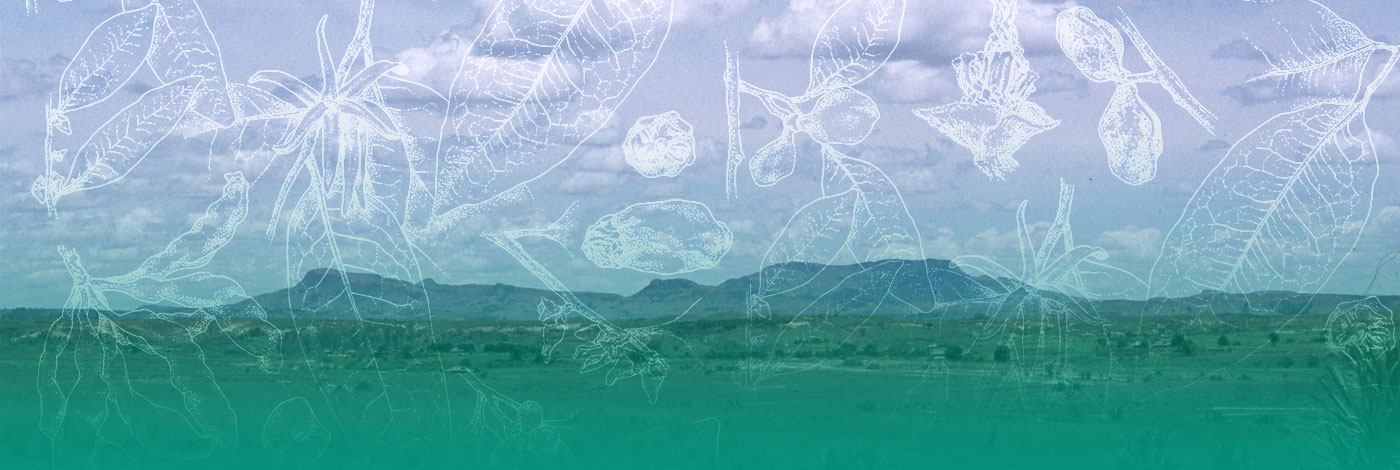
 Adansonia
20 (2) - Pages 313-322
Adansonia
20 (2) - Pages 313-322The parasitic flowering plants represent less than 2% of the angiosperm species. Their organization is characterized by direct cellular contact between the host and the parasite; also they never form mycorhizae fungi, and only two partners are associated ("direct parasitism"). All parasitic flowering plants (except Cassytha) belong to the two highest subclasses in CRONQUIST's classification of dicotyledons. Most exhibit relatively parasitism; 64% are root parasites, 88% hemiparasites and only 1% endoparasites. Another type of parasitism occurs among mycotrophic achlorophyllous angiosperms; an association involving three partners: the host, an endotrophic fungus and the parasite ("mycoparasitism"), only a few examples of which are among the monocotyledons, dicotyledons and gymnosperms. These two types of parasitism evolved independently: mycoparasitism appears to be an ancient phenomenon, derived from ancestral endomycorrhizal associations, whereas direct parasitism seems to be a younger phenomenon, that evolved in recent taxonomic groups. In the future it is likely that parasitic angiosperm species will increase in number and specialisation.
parasitic plants, mycotrophic plants, Angiosperm classification, origin of parasitism